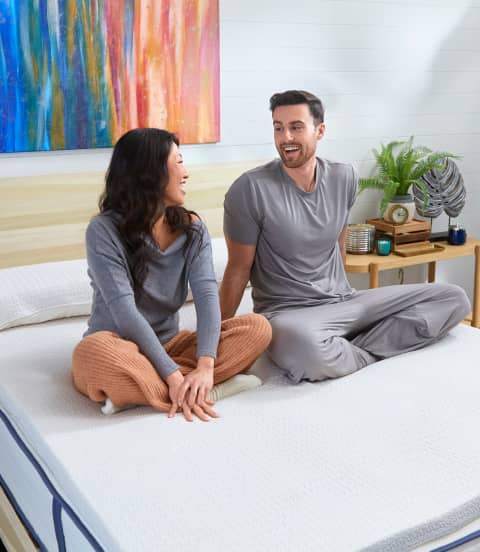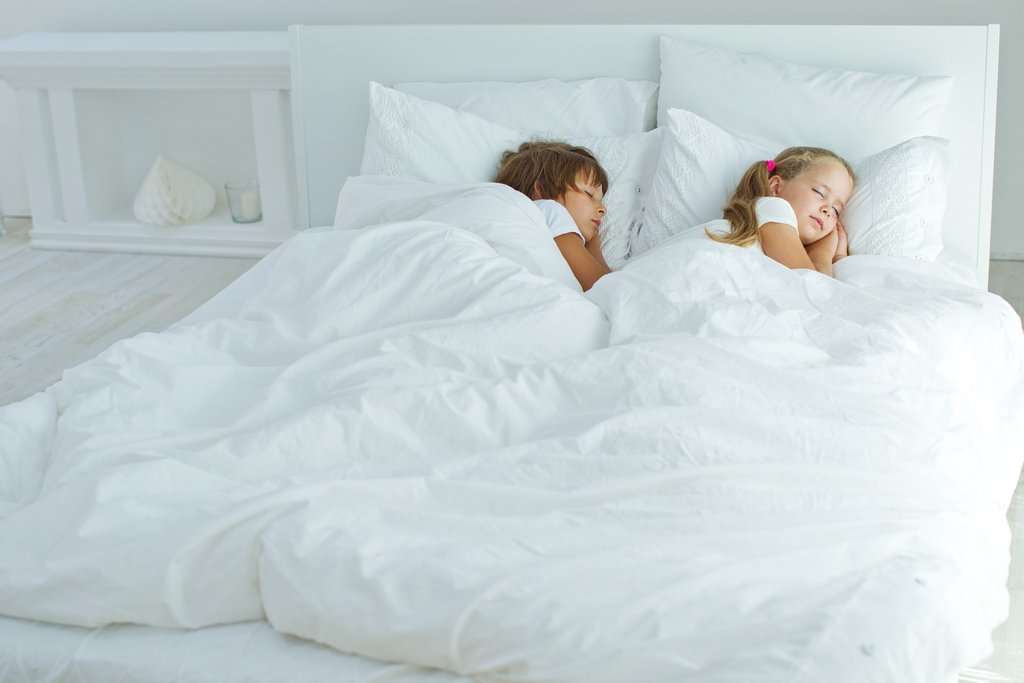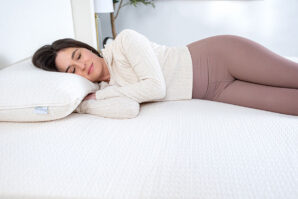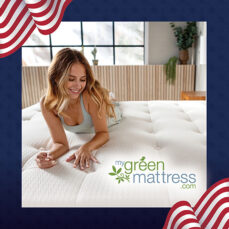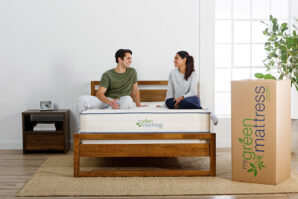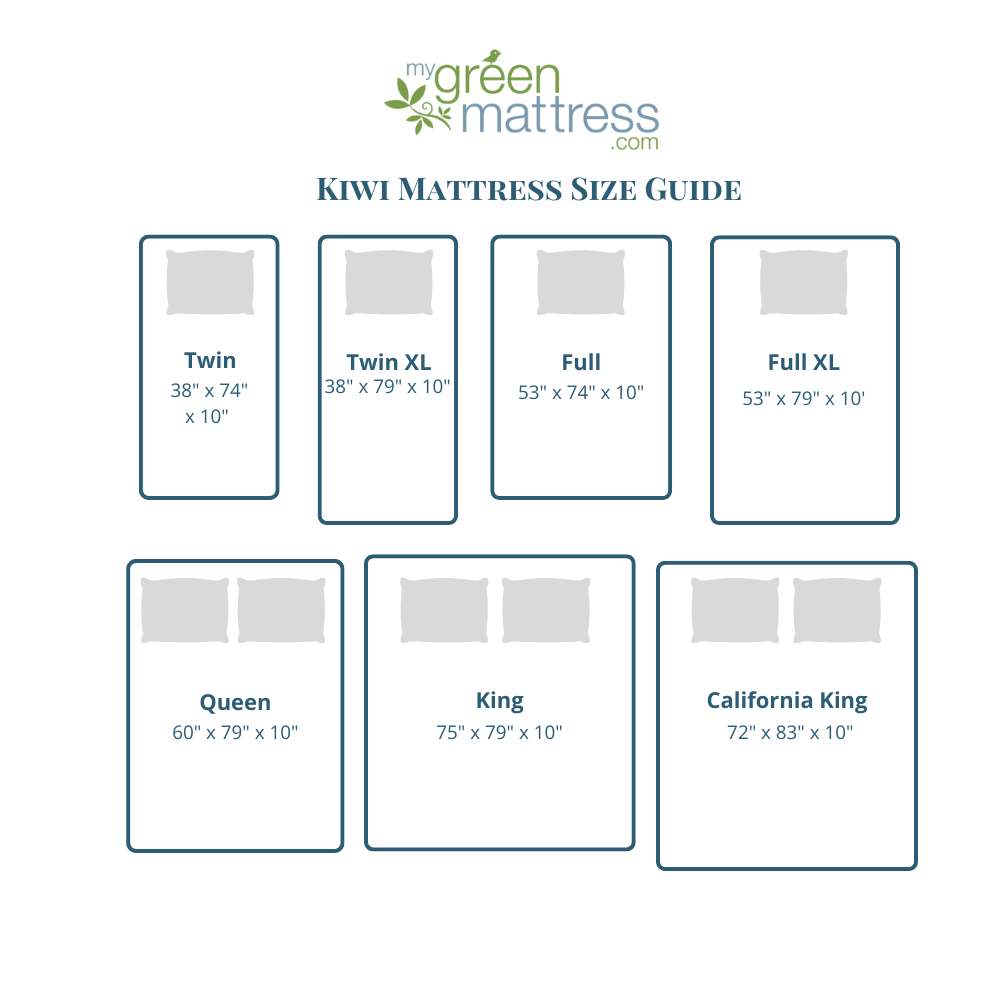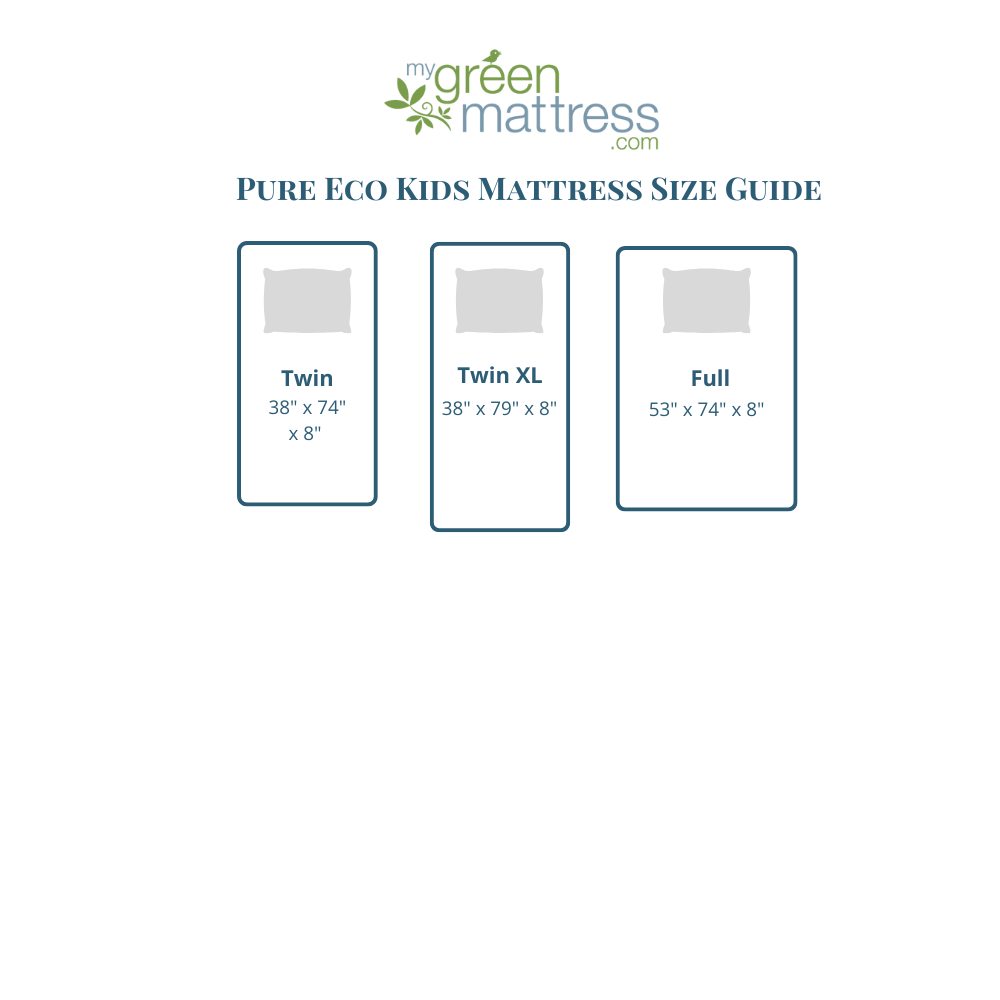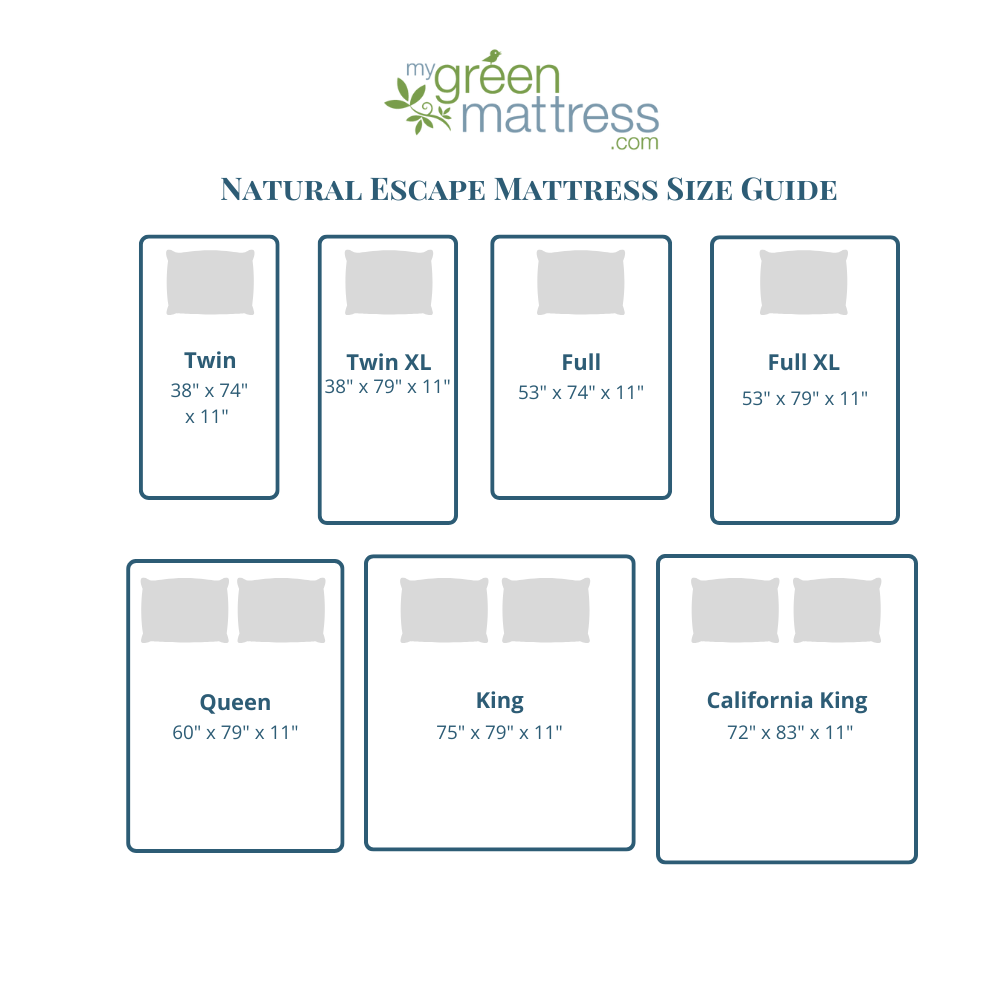Children need healthy sleep for enough hours for them to incorporate all they learned during the day into their long-term memory. According to the Sleep Foundation, one-year-olds need 11 to 14 hours of sleep, school-age children between 9 and 11, and teens between 8 and 10 hours. In addition to memory retention, children need enough sleep for optimal development and alertness. Researchers believe that too little sleep affects growth and weakens the immune system.
One component of a good night’s sleep is a good mattress. A poor mattress can cause joint and muscle pain that children recover from too quickly to tell you the mattress caused discomfort and made them restless. Kids move all night long, and this is natural. Thus, a full-size bed is the best choice if you have room and will work for your child until he is grown. Ultra firm beds may be too hard for soft bones, thus a medium firm mattress should give the best, painless support. Our Pure Eco mattress is a comfortable mattress that provides comfortable support for little ones and adults alike.
There is more to a mattress than its degree of comfort. What, exactly is your child spending one-third of his life on? Mother Jones asked the “What’s in your mattress?” question after a couple slept on their new memory foam mattress. First, they noticed a strong, acrid odor. “My nose and my lungs were miserable,” said one. The other felt nauseated the two nights she slept on the mattress. After the one who is chemically sensitive had an asthma attack, they returned the mattress. “The stench lingered,” they reported.
Polyurethane foam has been the toxic material of choice since the ’60s. These mattresses contain petroleum-based material that emits compounds that can cause lung and skin irritations. Formaldehyde is also used, and it has been linked to allergies, asthma, and cancers of the lung, nose, and throat. Add pesticides and flame-retardant chemicals, which can cause nervous system problems and cancers, the mattress becomes a toxic brew you would not want your child within a mile of. In 2005, Walter Bader, author of Toxic Bedrooms, sent several mattresses to a lab. Their findings were that the memory foam model emitted 61 chemicals including benzene and naphthalene that are known to cause cancer.
Fire resistance is an important safety feature for your child’s mattress, and laws require that all mattresses sold in the United States be able to withstand 30 minutes of open-flame exposure. We use American Eco-wool as the natural flame barrier in our mattresses. Other mattress makers used Pentabde as a fire retardant until that chemical was found to be toxic to the liver, thyroid, and nervous system. Major mattress manufacturers now do not reveal what they are using to make their mattresses flame retardant. “Trade secrets,” they explain.
Ryan Trainer, executive vice president of the International Sleep Products Association, said most companies use “various types of barrier fabrics such as cotton treated with boric acid or rayon treated with silica—both relatively benign chemicals—as well as fire-resistant materials such as modacrylic fiber.” Modacrylic fiber contains the carcinogen antimony oxide.
Studies done on flame retardants are frightening. Most commonly, these compounds are antimony, boric acid, and halogenated flame retardants (HFRs.) Antimony and boric acid can cause problems, but HFRs are the worst. Here is why you should be concerned:
- The US Department of Health and Human Services found they can delay puberty and reproductive development and cause neurobehavioral changes;
- The National Center for Biotechnology Information found they can disrupt thyroid hormones;
- the International Archives of Occupational and Environmental Health reports they may cause cancer and were shown to harm sperm and their mobility — for two generations.
When choosing a mattress, make sure it is one that your child will rest comfortably on — and make sure you rest comfortably by knowing what, exactly, is in your child’s mattress. “Trade secret” is not an answer to a concerned parent.
We at My Green Mattress are passionate about providing non-toxic, green mattresses. We care about your child’s healthy growth and have several safe options from cradle to college.

